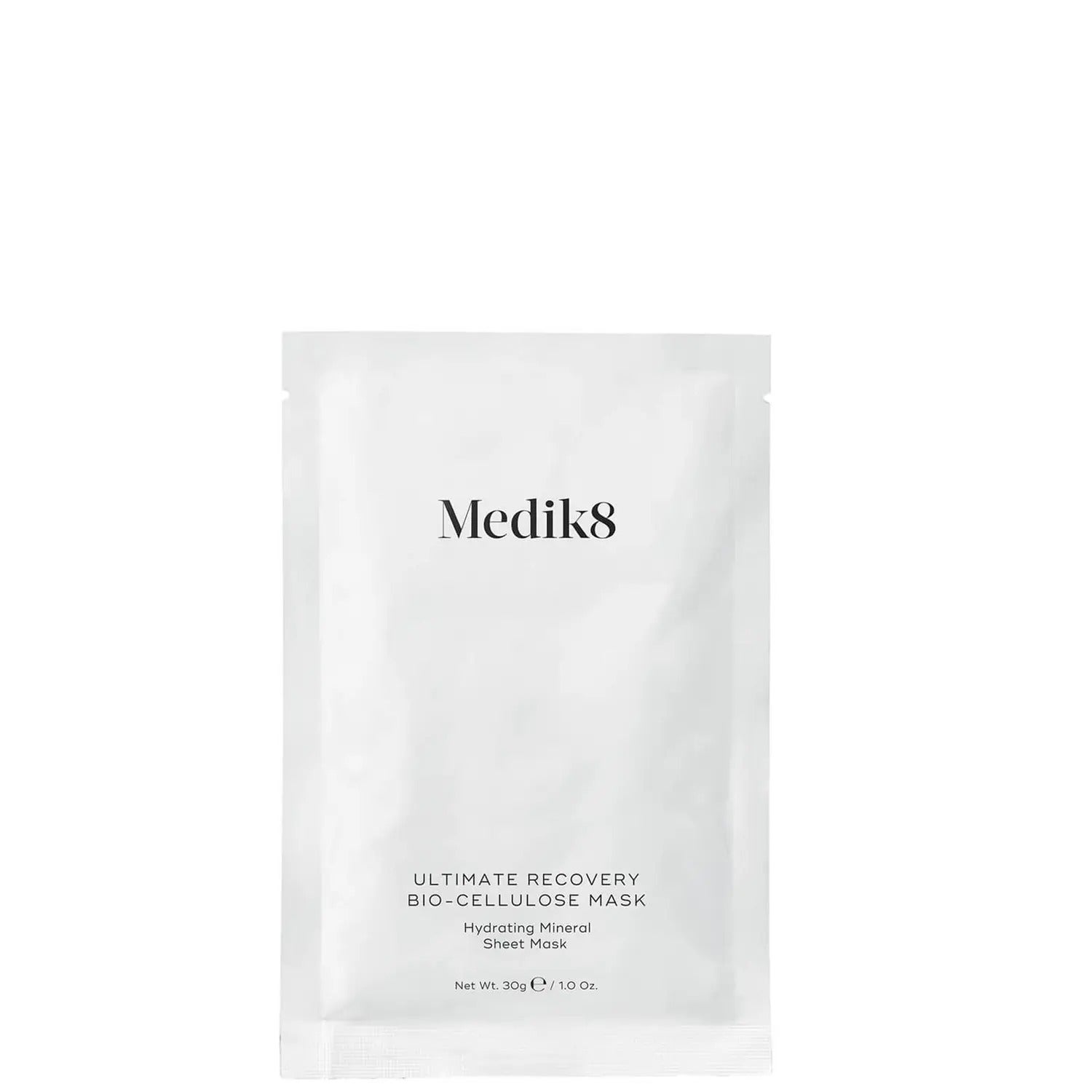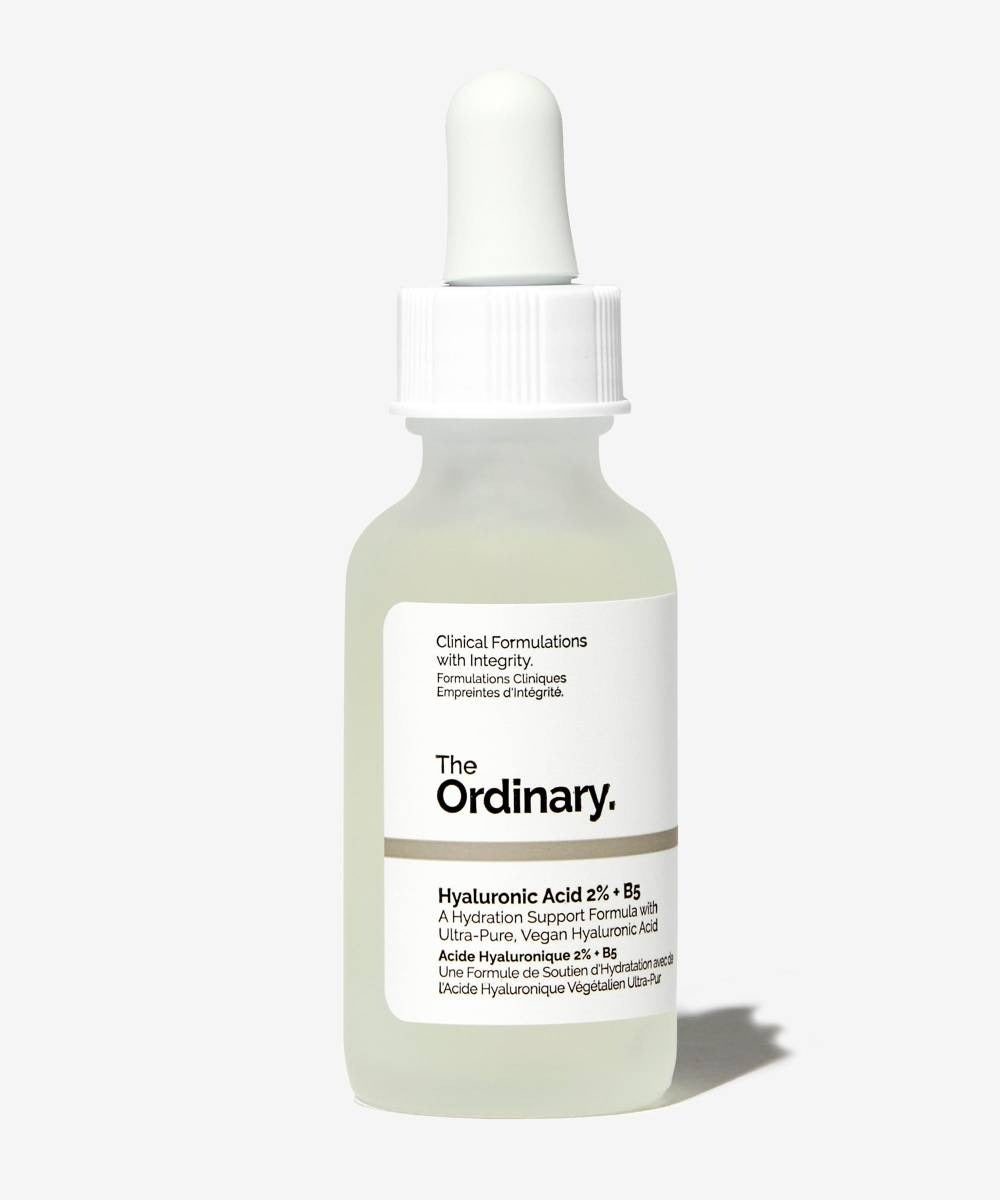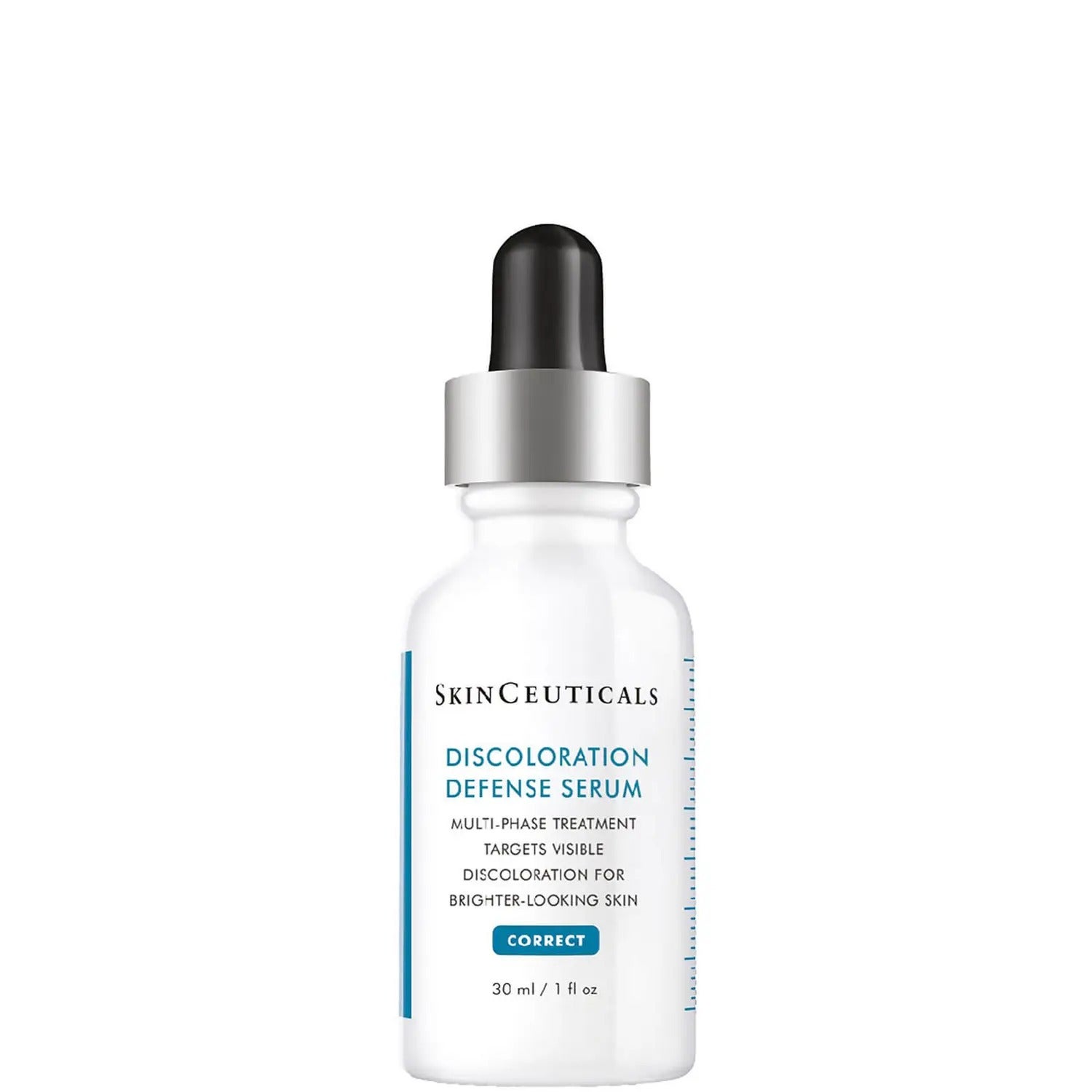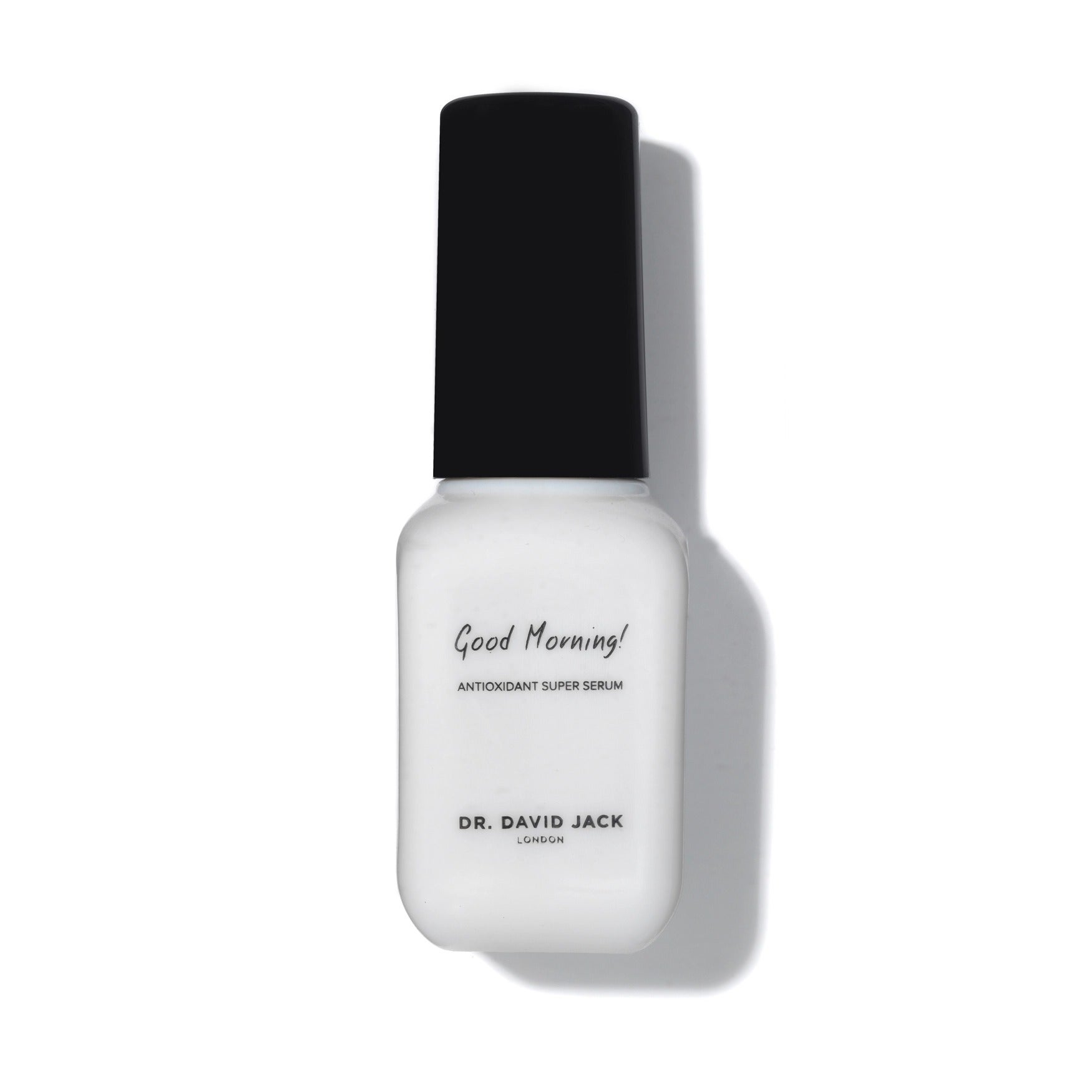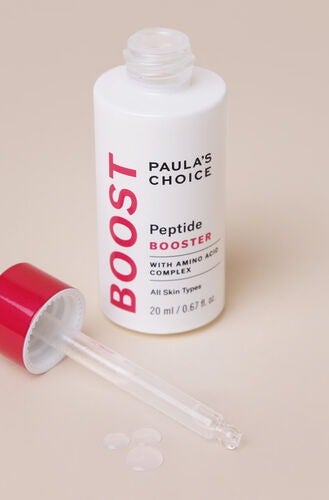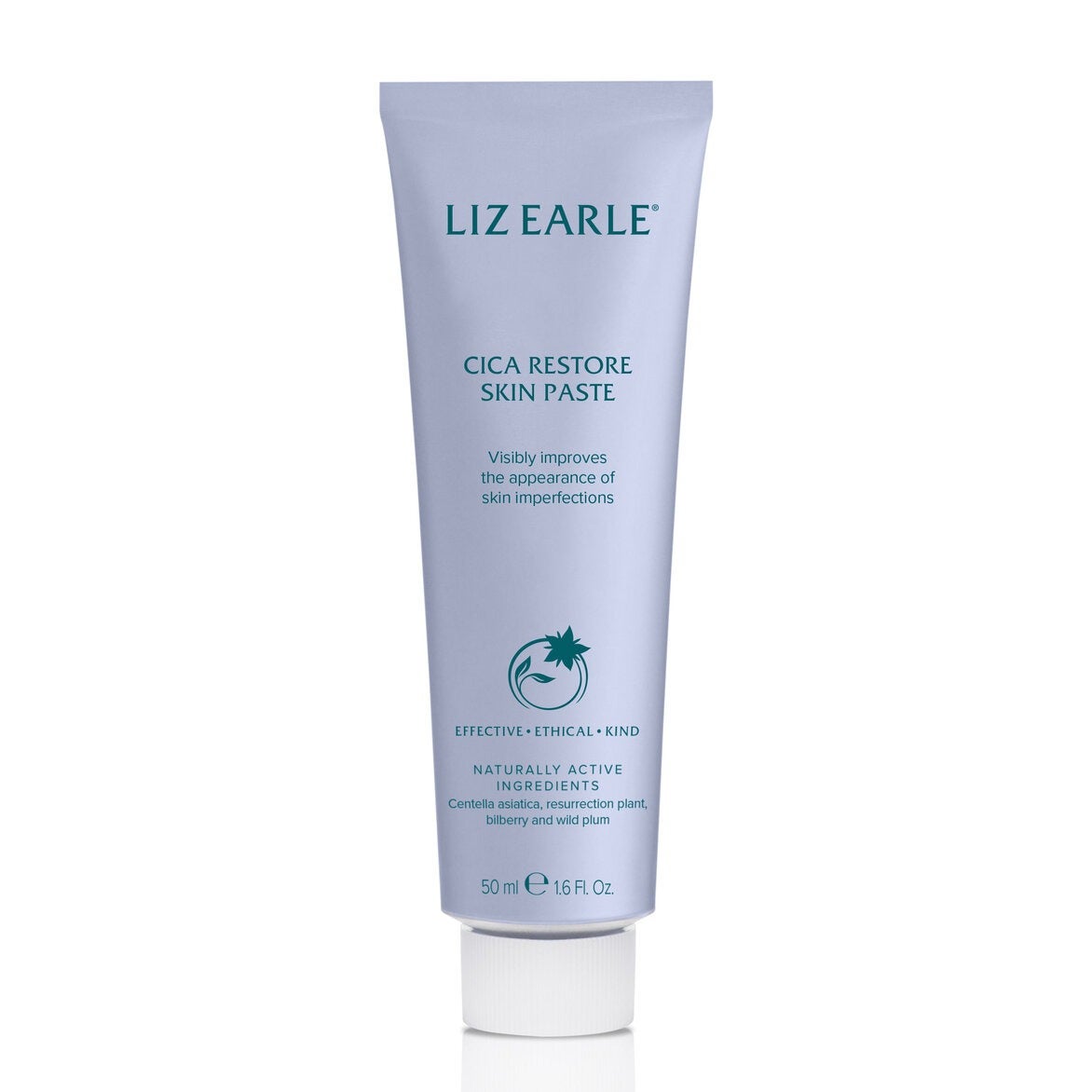This Is The Ultimate Skincare Routine For Autumn Weather
Illustrated by Olivia Santner
When it comes to skincare, I am a big believer in "if it ain’t broke, don’t fix it" (I apply a similar maxim when I eat the exact same thing for lunch 12 days in a row, but I digress). If you’re not experiencing any bothersome dryness or breakouts when the seasons shift, I don’t think you should do anything differently at all. If you’re not experiencing anything untoward at any point of the year, I think you should skywrite your routine above Piccadilly Circus. But anyway — as the seasons change and the mercury drops, most of us notice some difference in our skin.
AdvertisementADVERTISEMENT
"Generally speaking, as we move into the winter months the primary issues are the cold and the lack of humidity," explained London-based consultant dermatologist Dr Justine Kluk. "We also tend to start putting on the central heating which further saps away humidity." Of course, too much humidity can wreak havoc on your skin but too little can really exacerbate dryness, as it basically means you’re getting a targeted beam of hot, dry air. "Of course, not everyone experiences it in the same way," added Dr Kluk. "Some years I find I need to tweak my routine more than others, but I would say anyone with dehydrated skin or anyone who’s using retinol (prescription or otherwise) is probably going to notice their skin is a bit lacklustre," added Dr Kluk.
Note the mention of dehydrated, not just dry. Your skin can be oily and still experience dehydration, so don’t think you’re off the hook just because your skin is on the oilier side. "As the climate is so much less humid, tightness, dryness and flaking can be a real issue," explained Dr Kluk. If you’re not experiencing those specific issues, think about the radiance of your complexion. Does your skin look a little flat or grey? That can be another side of dehydration: healthy, hydrated skin tends to have more of that plumped-up, juicy glow.
Note the mention of dehydrated, not just dry. Your skin can be oily and still experience dehydration, so don’t think you’re off the hook just because your skin is on the oilier side. "As the climate is so much less humid, tightness, dryness and flaking can be a real issue," explained Dr Kluk. If you’re not experiencing those specific issues, think about the radiance of your complexion. Does your skin look a little flat or grey? That can be another side of dehydration: healthy, hydrated skin tends to have more of that plumped-up, juicy glow.
On the plus side, you might have fewer breakouts, noted clinical facialist Kate Kerr. "Unless you’ve really cranked up the heating, you’re in a generally less sweaty environment which can potentially keep spots at bay," she explained. "That being said, the heating conditions of winter are a false environment, so to speak. Central heating isn’t natural. You know how when you go on holiday your skin just looks so much better? It’s the humidity in the air making it look plump and beautiful, which we don’t get in winter."
AdvertisementADVERTISEMENT
So, what to do? Kerr advised easing off the central heating and layering up on jumpers instead (great news for dads up and down the nation). A humidifier might also be a good investment to help soothe your skin (and your throat, à la Mariah Carey) and Kerr also said to help rebalance hydration levels by pressing a warm flannel to your face while cleansing. "Not hot, but warm, and really work it into the skin," she suggested. "Do this two or three times to really soften your skin and to pack in moisture."
Also in Kerr’s winter survival kit is Medik8 Recovery Mask, which she cited as super hydrating and soothing. Meanwhile, Dr Kluk said to pack your routine full of humectants (an ingredient which retains moisture in the skin by binding to water, such as urea) and super serums to bind in moisture, name-checking The Ordinary HA 2% + B5 if you’re on a budget and Medik8 Hydr8 B5 for the gold standard. "Autumn and winter is also a great time to work on any pigmentation you might have picked up over the summer! I really like SkinCeuticals Discoloration Defense for mine, but make sure you keep using your SPF in the colder months, too," cautioned Dr Kluk.
Kerr also notes that pollution is just a bit more prevalent in the colder months and more likely to get trapped in the skin when it’s cold. She suggests a good antioxidant used daily should do the trick – something like Dr David Jack Good Morning! Serum will work perfectly. For sensitivity caused by the cold, biting air, Liz Earle Cica Restore Skin Paste could be a lifesaver. Infused with centella asiatica, an ancient herb with superlative skin-soothing properties, it offers instant gratification and long-term benefits.
AdvertisementADVERTISEMENT
Listen to your skin and respond to its needs as they arise. I’m always an advocate of light layers when it comes to skincare and have my face on a liquid diet mostly (I love the Medik8 serum Dr Kluk recommended, as well as Paula’s Choice Peptide Booster). Consider adding in a light peel as well to help brighten your skin and to firm up your skin’s barrier function. Kerr explained: "A strong barrier helps stem water loss from the skin, so try a gentle lactic acid peel once a week perhaps." Removing dead skin in this way helps maintain a strong barrier by removing debris and allowing the skin to do its natural exfoliation unimpeded.
Refinery29's selection is purely editorial and independently chosen – we only feature items we love! As part of our business model we do work with affiliates; if you directly purchase something from a link on this article, we may earn a small amount of commission. Transparency is important to us at Refinery29, if you have any questions please reach out to us.
AdvertisementADVERTISEMENT







